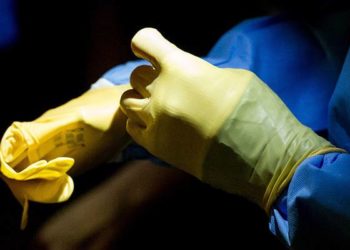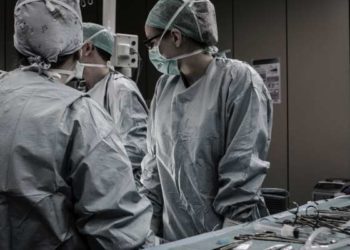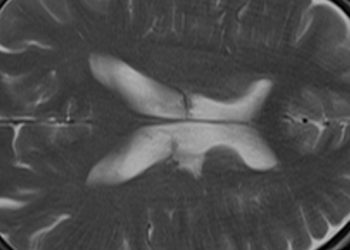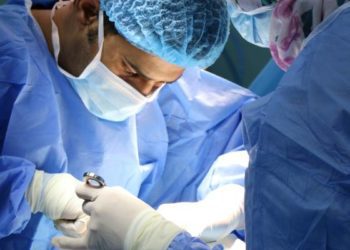Percutaneous peripheral nerve stimulation effective for reduction of postoperative pain
1. Among patients undergoing ambulatory orthopedic surgical procedures, percutaneous peripheral nerve stimulation reduced pain and the use of opiates in the first 7 postoperative days.
Evidence Level Rating: 1 (Excellent)
Poor pain control following surgery is very common and is associated with excessive reliance on opiates for analgesia. Percutaneous peripheral nerve stimulation – which involves the implantation of a lead followed by delivery of an electrical current using an external pulse generator – has been used extensively for chronic pain, but use for acute, postoperative pain may also improve analgesia and decrease reliance on opiates. This randomized, sham-controlled trial evaluated this strategy among patients undergoing ambulatory orthopedic surgical procedures. All patients randomized in the trial underwent implantation of a lead and pulse generator prior to surgery, with 31 patients ultimately analyzed from the intervention cohort (mean [SD] age = 56.8 [15.8] years, 48% female) and 34 from the sham cohort (mean [SD] age = 55.4 [15.9] years, 50% female), where the implanted leads did not generate any pulses. The primary outcomes were cumulative oral opiate consumption in morphine equivalents and the mean values of the daily pain scores as measured by the Numeric Rating Scale within the initial 7-day postoperative period. During the first 7 postoperative days, opiate consumption in oral morphine equivalents was a median of 5 mg in the intervention cohort compared with 48 mg in the sham cohort (p < 0.001). Furthermore, the average pain intensity among the intervention cohort was 1.1±1.1 compared with 3.1±1.7 in the sham cohort (p < 0.001). The significance of both outcomes did not vary as a function of sex or specific type of surgical procedure. Superiority was found on both primary outcomes, and active stimulation was concluded to be better than sham treatment. In all, this pilot study demonstrated that percutaneous peripheral nerve stimulation reduces pain scores and demonstrated opiate sparing effects free from systemic side effects during the first week following ambulatory orthopedic surgery. Further prospective studies are needed to clarify these findings and evaluate whether this strategy is effective on a larger scale.
Click to read the study in ASA
Image: PD
©2020 2 Minute Medicine, Inc. All rights reserved. No works may be reproduced without expressed written consent from 2 Minute Medicine, Inc. Inquire about licensing here. No article should be construed as medical advice and is not intended as such by the authors or by 2 Minute Medicine, Inc.







